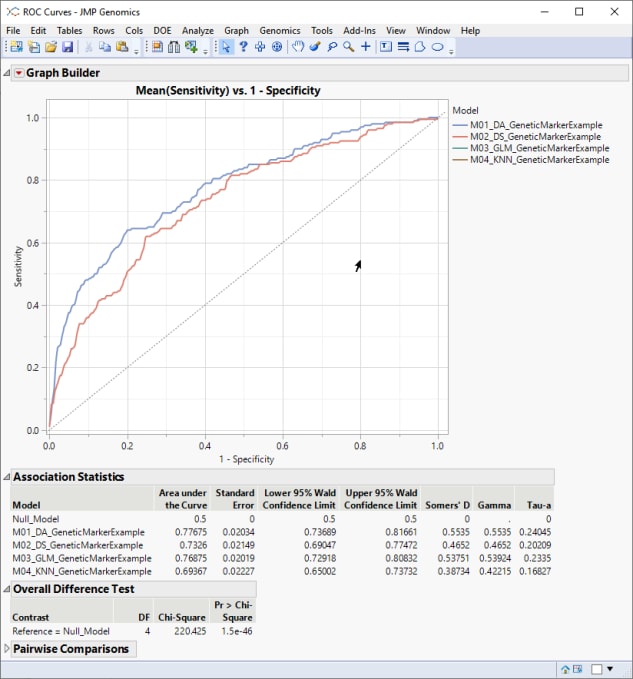Forest Plot
A forest plot is a graphical display designed to illustrate the relative strength of treatment effects (or relative degree of gene enrichment), in multiple quantitative scientific studies (or databases) addressing the same question.
Forest plots generally display results for each study (or other data source) as horizontal lines representing the 95% confidence interval of the effect observed in that trial. The confidence interval can be for:
| • | treatment and control group means differences (for example, longevity, or blood pressure) |
| • | relative likelihood of a given nominal-level outcome for the intervention group compared to the control group (for example, success versus failure, cured versus not cured, or life versus death) |
| • | relative risk -- the risk of an event relative to exposure (for example, the risk of smokers developing lung cancer versus the risk of non-smokers developing lung cancer) |
An example forest plot of 95% equal-tailed credible intervals of adverse events is shown below.

In another example forest plot, Gene Ontology (GO) Biological Process Category is plotted on the y-axis, and log2(Relative Risk) is plotted on the x-axis.

Each of the GO categories has a similar risk of being falsely classified as a unique category.